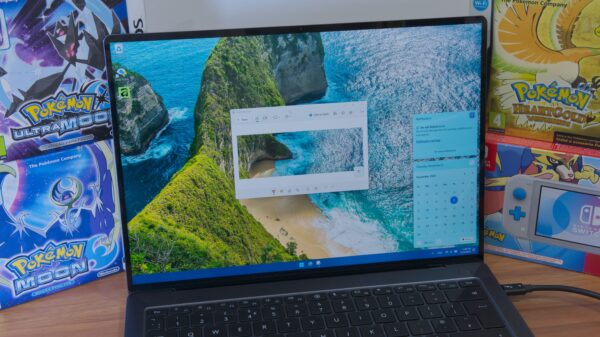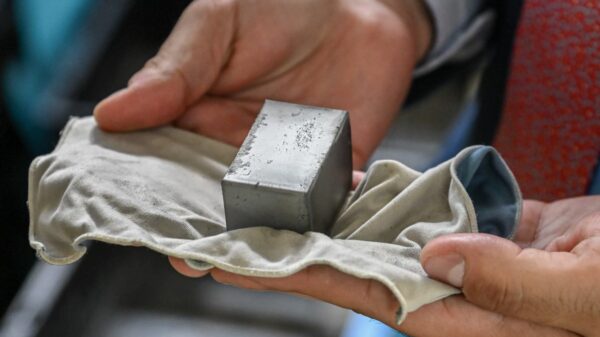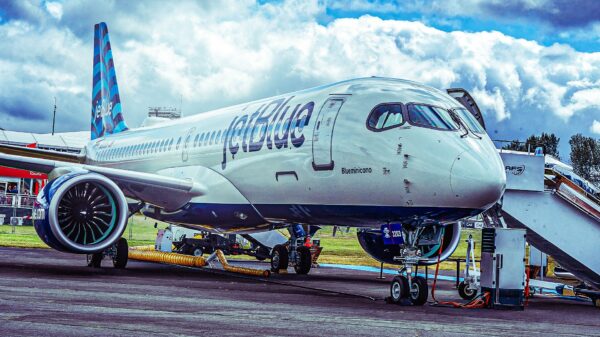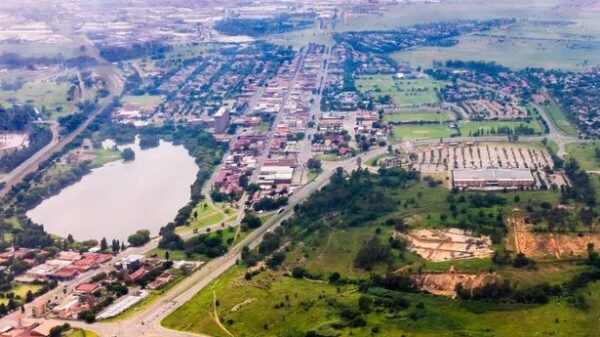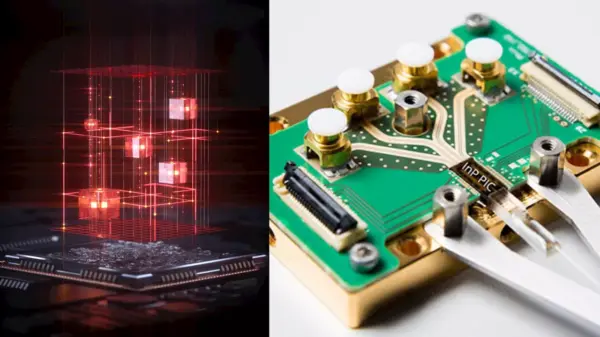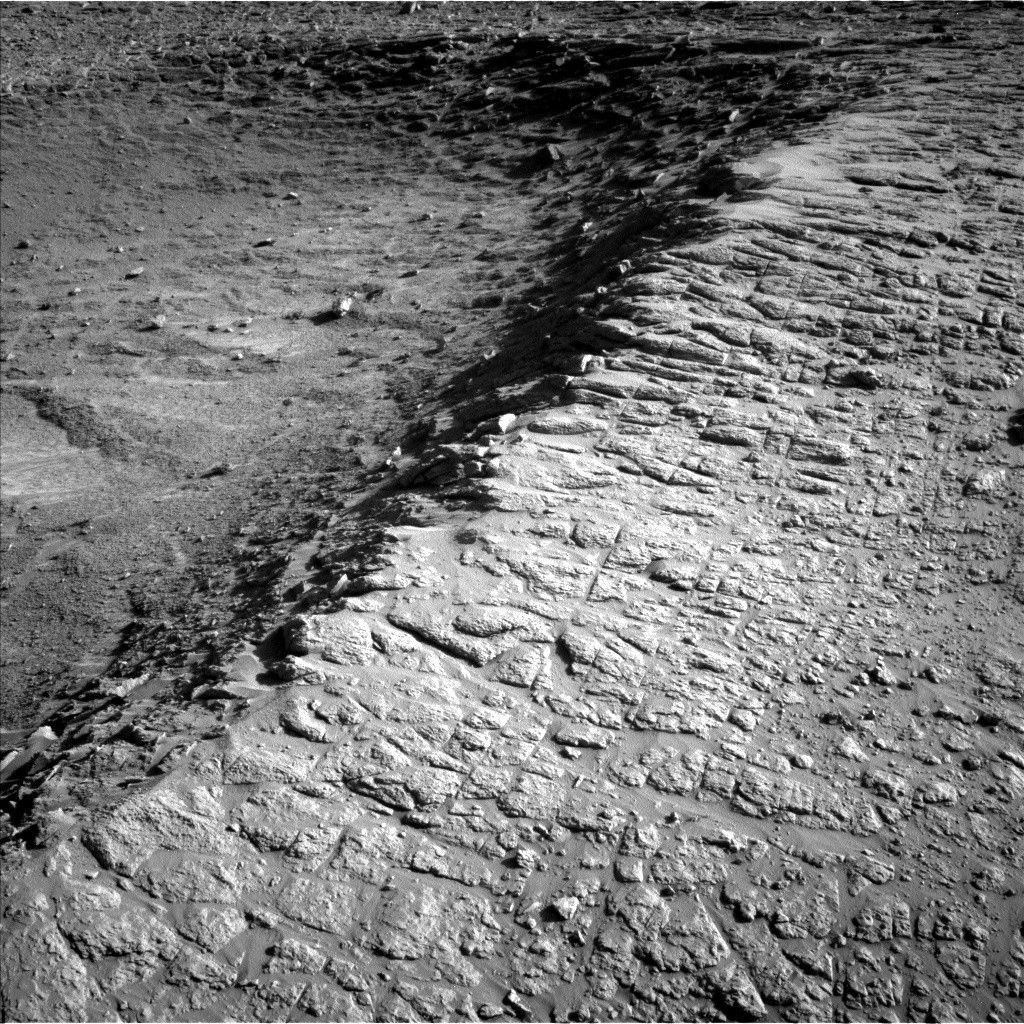NASA’s Curiosity Rover has made significant strides in its exploration of Mars, recently capturing impressive images from a ridge overlooking a region informally dubbed the “Thumb.” On August 21, 2025, the rover utilized its Left Navigation Camera to document the landscape during Sol 4636, marking a pivotal moment in the ongoing Mars Science Laboratory mission.
Curiosity is currently parked atop a ridge that provides a unique vantage point over the “Thumb,” a topographic depression that mission planners aim to investigate further in the coming week. This weekend’s activities are packed with scientific observations, leveraging ample power and the time available over the next three Martian sols.
The focus of Curiosity’s instruments will be on the distinctive boxwork structures in the vicinity. The mission team plans to capture images of several targets, including “Wallatiri,” “Wallatiri 2,” “Mojo,” “Samaipata,” “Fort Samaipata,” and “Río Lluta.” Additionally, the rover’s ChemCam will perform Laser-Induced Breakdown Spectroscopy (LIBS) measurements on both Samaipata and Fort Samaipata to analyze their composition.
Curiosity will also deploy its Mars Hand Lens Imager (MAHLI) to take detailed images of Samaipata, along with observations of targets “Vitichi” and “Tartagalita.” The Alpha Particle X-ray Spectrometer (APXS) will assist in characterizing these formations, enhancing the scientific value of the data collected.
Documenting Martian Atmosphere and Geology
In addition to focusing on geological features, the Curiosity team is keen to study the Martian atmosphere. The rover’s navigation cameras will capture a series of films showcasing dust devils, alongside five cloud movies and two line-of-sight observations of the north crater rim. Mastcam will also contribute by tracking atmospheric dust levels through tau measurements.
A highlight of the weekend’s imaging activities is a large 44-image mosaic of the northern crater rim, made possible by the low dust content prevalent during this time of year. This comprehensive view is expected to provide insights into the geological history of the area, which is critical to understanding Mars’ past.
The drive planned for this weekend is minimal, at approximately 2 meters (about 6.6 feet). This short move will allow the rover to maintain its position for further investigation of the ridge, ensuring detailed analysis before venturing into the Thumb.
Curiosity’s ongoing mission continues to unravel the mysteries of Mars, with each new observation contributing to our understanding of the planet’s geology and atmosphere. As the rover prepares for the next phase of exploration, the team remains committed to maximizing the science conducted during this unique opportunity on the Martian landscape.
For more updates on Curiosity’s mission, visit the NASA website, where additional posts and information about the rover’s scientific instruments are available.




